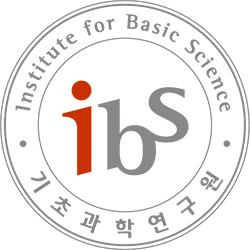Statistical Inference with Neural Network Imputation for Item Nonresponse
B305 Seminar room, IBS 55 Expo-ro Yuseong-gu, Daejeon, Korea, Republic ofAbstract: We consider the problem of nonparametric imputation using neural network models. Neural network models can capture complex nonlinear trends and interaction effects, making it a powerful tool for predicting missing values under minimum assumptions on the missingness mechanism. Statistical inference with neural network imputation, including variance estimation, is challenging because the basis for function …



